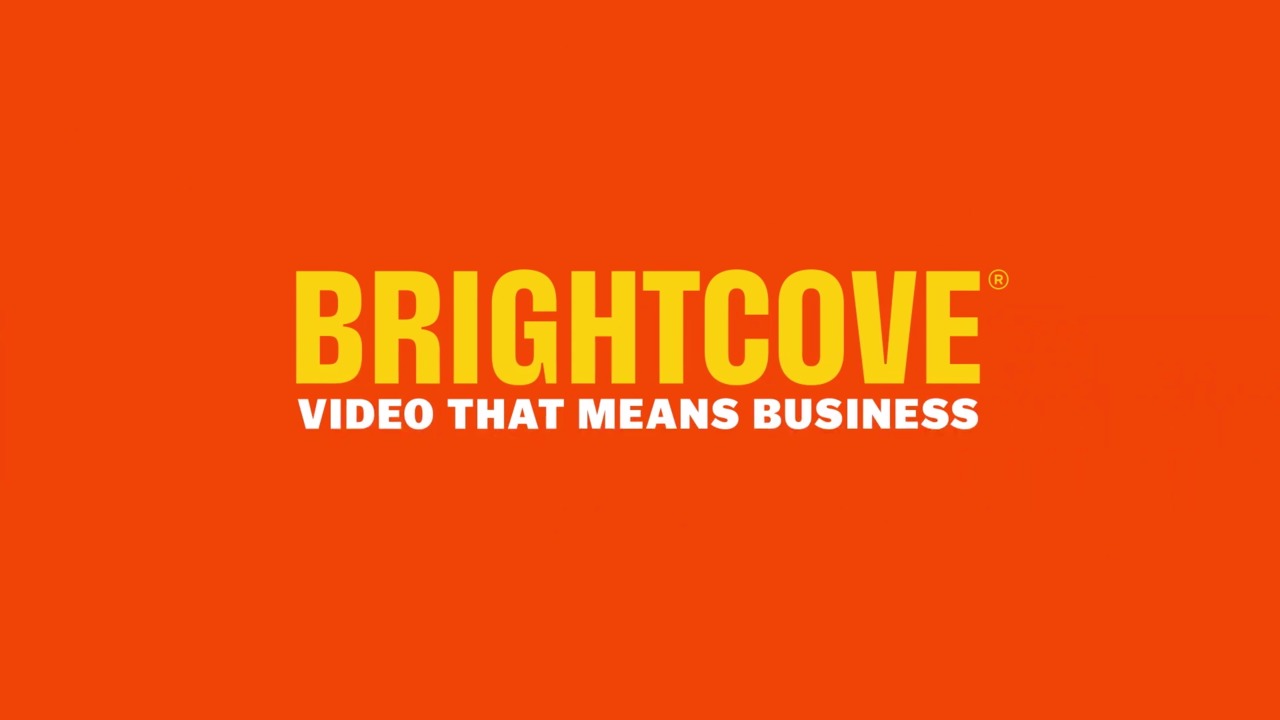It seems we've finally hit that critical mass. The novelty of online video is starting to wear off quickly and we're now left with acceptance and expectation from the the online community that a website must have video as a core component of its design and offering.
Services such as the iPlayer and Hulu have made catch up TV the primary way to view episodic content for many teenagers and young adults.
The iPhone has made consuming the latest video on the move all the rage.
Even the governments of the world have embraced video as a core to their communication strategy.
But beneath all this flair and business uptake lies the open questions around what exactly is online video? how do we make? and possibly most importantly how do we make it well?
No doubt you realise that video and its challenges has been around for quite some time. Just do a search for MPEG and read about its history all the way back to 1988 - an organisation set up to tackle the specific problems with digitising, compressing and delivering video.
For up until now digital video delivery was only a problem for the major broadcast houses that crammed every little bit down through the airwaves to your television box. As long as the signal was strong and the picture true there was no problem.
But along came the internet. And time and again it ripped up the old paradigms in favour of the masses. Video was no exception - YouTube showed (ad nauseum) how much people craved having control of their broadcast and consumption. The success of Brightcove has shown how important video is to business of all kinds.
Video is here to stay - but what is it? What does it mean to you? And how can it add value to your users and bottom line?
In this series of posts I'm going to be looking at online video from the ground up. Topics like:
- What is Encoding?
- What is Video Compression?
- Why do I need to worry about all this?
- HD vs High Definition - no they don't mean the same thing!
- What is a CODEC?
- Choosing the right CODEC
- How to Build an Encoding Profile right for your business and users
- Does Bigger Bitrate = Better Quality? Yes and No
- Tools of the Trade
- Taking it to the next level - what business rules and implementation issues do I need to worry about?
My intention is to try and help demystify the dark art of online video creation. Take it from the cathedral to the bazaar. Give you the power to create a visual experience that keeps your users coming back for more.
Throughout this series I'll be focusing on one technology in particular - H.264 - don't worry if you don't know much about it now. I'll hopefully explain it well enough in the posts to come. Its by no means the only video encoding technology out there but it is one of the fastest rising stars currenty.
To see the power of this particular technology is to believe.
Below is a player full of videos I've compressed down from High Res (8000Kbps) videos located here. Download the source files, and view them locally.
Then have a view at the videos in the player - all come in 3 flavours 1500Kbps, 750Kbps, 500Kbps - see if you can tell the difference in quality. Note that the most average of internet users can consume a video encoded at 500Kbps without any stuttering or loss of experience over their connection. You can serve this quality to your end users with minimal cost to either you or them.
This series is intended to be a conversation - I encourage you to use the comments section of the various posts to let me know your thoughts. Give us your tips & tricks. Share your experiences.
The industry and user expectation is moving on rapidly. Getting the video right for your project is paramount. Follow along as I try to navigate you to the promised land.

